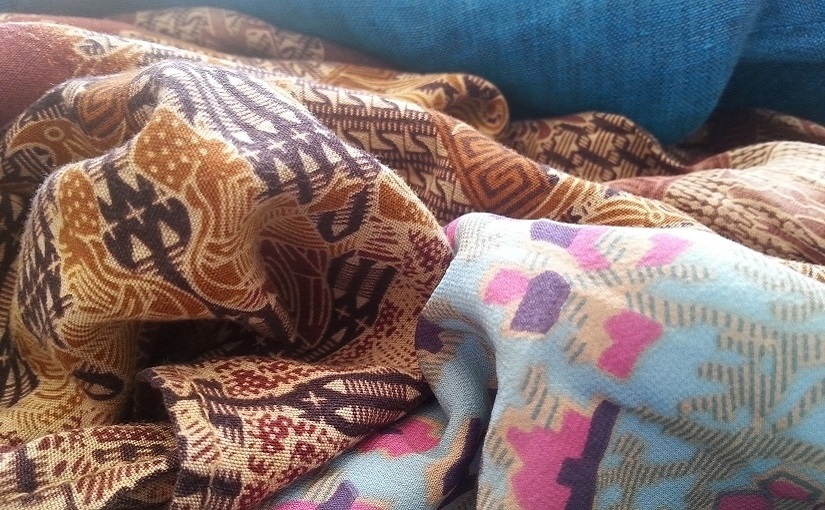At times I’ve spoken about culture, economics, sustainability, social identity, and self-worth; about how the things we do impact our social and natural environment (see Notes One). The space where human ideas meets the realities we create together is fascinating; and fashion seems one of the places that more obviously happens.
Fundamentally, we need clothing and – being such a visual part of life – that becomes something to set us apart and provide identity; offering a chance to express who we feel ourselves to be and how we want to be seen. As social, creative beings wanting to communicate and move forward, it makes sense for fashion to become this focus of attention, status and innovation. That picture of a progressive yet tribal psychology guiding human society.
But this does have undeniable environmental, social, psychological and economic impacts. The very fact it has such a central role in our sense of culture and self-esteem must give it a certain business appeal: the constant desire for self-expression and creativity surely fuels large parts of the fashion and beauty industries.
With that almost insatiable demand come these realities of limited environmental resources; business models often involving a degree of exploitation; pollution and waste in both producer and consumer behaviour; the visual and psychological ripples felt from advertising; then the social realities of exclusivity, status, economic power, and cultural worth.
As with so much in life, simple human realities are creating massive impacts; especially now this ‘way of life’ has become extremely organised and profitable. All of that is hard to quantify and grasp, but projects such as “The True Cost” documentary serve to pull together many of these threads with the aim of creating the awareness to shift behaviour.
These areas of life where genuine and important impacts are largely invisible and the industries behind them seem to be meeting essential human needs are challenging to face up to. It takes effort, imagination, compassion and responsibility to “see” those impacts; and something even greater to then let that understanding alter our behaviour. In that regard, it’s akin to the food industry and, more widely, to our social constructs.
Image, fashion, diet, and lifestyle form part of our collective social and cultural lives; they’re the ways we seek to create meaning, share our everyday experiences, and forge social relationships. Which is maybe why such problems truly are challenging: these are important parts of life, but the way we’re going about things is causing pretty undeniable and serious consequences.
With any solutions in life, it seems we either wait for something to be imposed or we create change ourselves. It’s undoubtedly hard to step back, take the time to fully understand, and decide what to be a part of even when the weight of social pressure beckons us to go with the flow. As humans, we may naturally want to belong, participate, and not rock the boat; but we’re also capable of making up our own minds and, thereby, of serving to shape our future.
Notes and References:
Note 1: What do we see in beauty?
Note 1: Intrinsic worth over social identity
Note 1: Complicity and cultural attitudes
Note 1: Is sustainable design an impossibility?
Note 1: How many things are cycles (we could break)

